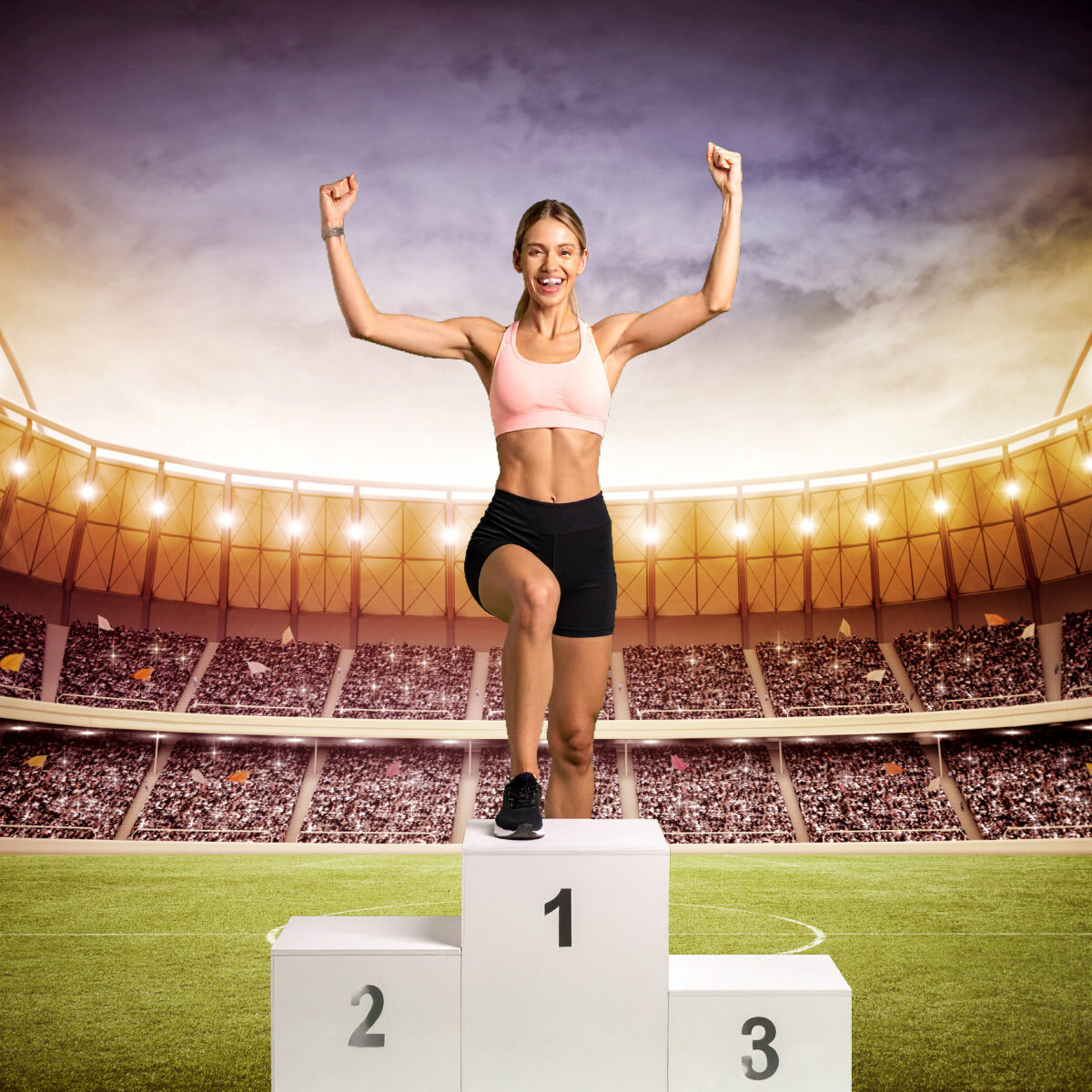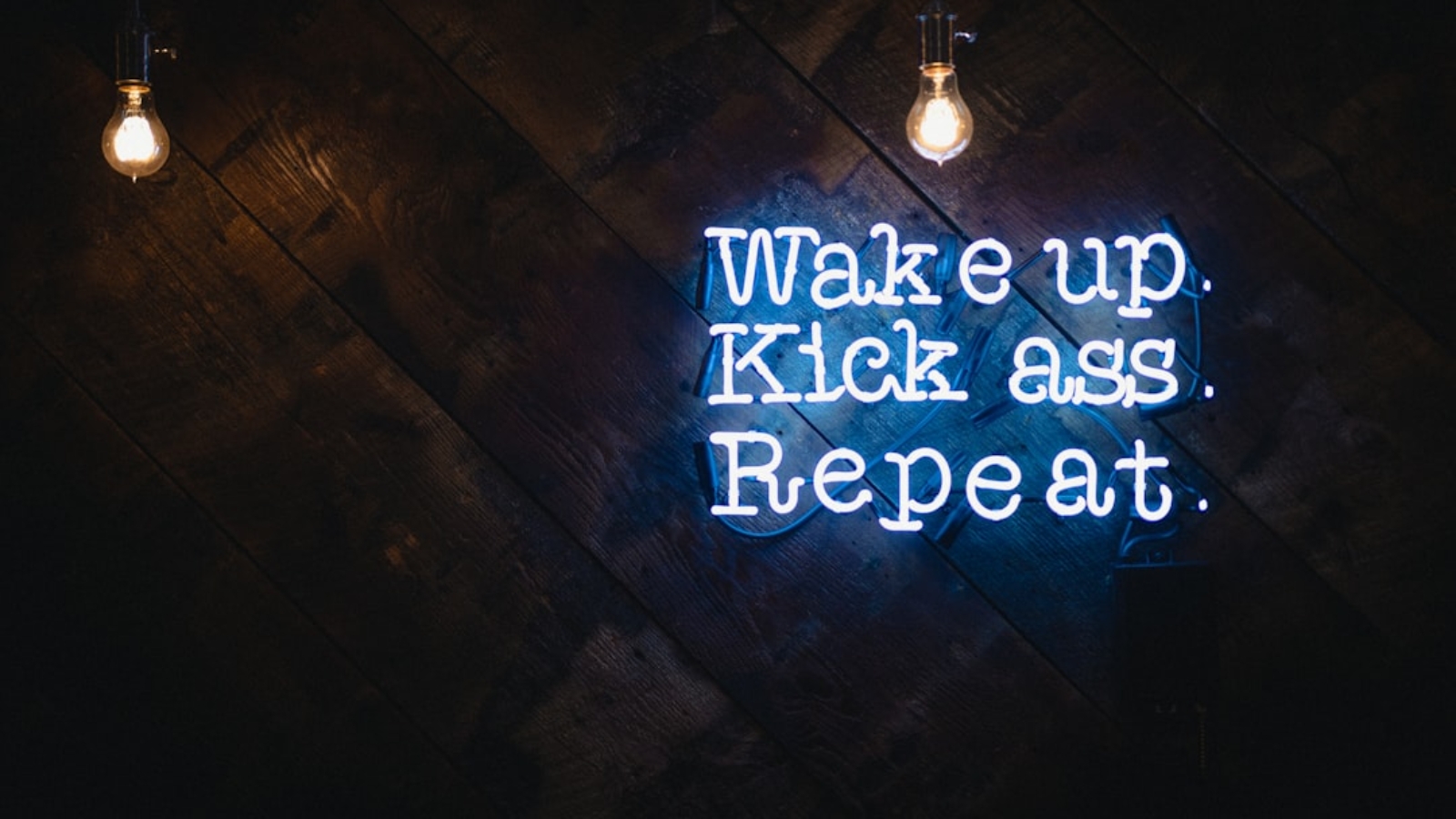
In the realm of sports, individual player portraits serve as a powerful medium for storytelling. These images capture not just the physical attributes of an athlete but also their spirit, dedication, and the journey they have undertaken to reach their current level of excellence. When we think about the impact of a well-crafted portrait, we realize that it can evoke emotions, inspire young athletes, and even serve as a motivational tool for fans.
Each portrait tells a unique story, encapsulating the essence of the athlete in a single frame. This is why we must approach the creation of these portraits with care and intention. Moreover, individual sports player portraits play a crucial role in branding and marketing.
For athletes, especially those competing at high levels, their image is often tied to endorsements and sponsorships. A striking portrait can enhance their public persona and create a lasting impression on fans and potential sponsors alike. As we delve into the world of sports photography, we must recognize that these portraits are not merely images; they are a vital part of an athlete’s identity and legacy.
By capturing their essence, we contribute to the narrative that surrounds them, helping to elevate their status within the sporting community.
Key Takeaways
- Individual sports player portraits capture the unique personality and dedication of the athlete
- The right setting for the portrait should reflect the athlete’s sport and personality
- Posing and body language should convey confidence, strength, and determination
- Natural lighting can add depth and drama to the portrait
- The portrait should showcase the athlete’s unique personality and passion for their sport
Choosing the Right Setting for the Portrait
Selecting the appropriate setting for an athlete’s portrait is fundamental to conveying their story effectively. The environment should resonate with the sport they represent, whether it be a basketball court, a soccer field, or a swimming pool. By choosing a location that reflects the athlete’s discipline, we can create a more authentic and relatable image.
For instance, if we are photographing a track and field athlete, an outdoor track with vibrant colors and dynamic lines can enhance the visual appeal of the portrait. This connection between the athlete and their environment adds depth to the image. Additionally, we should consider the mood we want to evoke through the setting.
A serene backdrop might be suitable for a golfer, while an urban landscape could better suit a street basketball player. The choice of setting can also influence the lighting and composition of the portrait. By thoughtfully selecting locations that align with the athlete’s personality and sport, we can create portraits that resonate on multiple levels.
Ultimately, the right setting not only enhances the visual impact but also tells a more compelling story about who the athlete is and what they represent.
Posing and Body Language Tips
When it comes to posing athletes for portraits, body language plays a pivotal role in conveying confidence and strength. We should encourage athletes to adopt poses that reflect their sport’s dynamics while also showcasing their personality. For example, a sprinter might be best captured in a dynamic stance that suggests movement and readiness, while a gymnast could be portrayed in a graceful pose that highlights their flexibility and poise.
By understanding the nuances of each sport, we can guide athletes into poses that feel natural yet powerful. Moreover, we must pay attention to facial expressions and gestures. A genuine smile or an intense gaze can significantly alter the mood of the portrait.
We should engage with athletes during the shoot, encouraging them to express emotions that align with their competitive spirit. This interaction not only helps in capturing authentic moments but also builds rapport between us and the athlete. By fostering an environment where they feel comfortable, we can elicit poses and expressions that truly reflect their character, resulting in portraits that resonate with viewers on an emotional level.
Utilising Natural Lighting for a Dynamic Effect
Natural lighting is one of our most valuable tools when it comes to creating dynamic sports portraits. The quality of light can dramatically influence the mood and tone of an image. We should aim to shoot during the golden hour—shortly after sunrise or before sunset—when the light is soft and warm.
This type of lighting can add depth and dimension to our portraits, enhancing the athlete’s features while creating a visually appealing backdrop. In addition to timing, we must also consider how to position our subjects in relation to the light source. Backlighting can create dramatic silhouettes, while side lighting can emphasize muscle definition and texture.
By experimenting with different angles and light sources, we can achieve unique effects that elevate our portraits beyond standard imagery. Natural light not only enhances the aesthetic quality but also brings out the authenticity of the moment, allowing us to capture athletes in their most genuine form.
Showcasing the Athlete’s Unique Personality

Every athlete has a distinct personality that sets them apart from others in their field. As photographers, it is our responsibility to capture this individuality in their portraits. We should take time to understand each athlete’s story—what drives them, their passions outside of sports, and how they perceive themselves within their discipline.
This understanding will inform our approach to posing, setting, and even wardrobe choices. Incorporating elements that reflect an athlete’s personality can make a portrait more engaging. For instance, if an athlete is known for their playful nature, we might capture them in a candid moment or with a lighthearted expression.
Conversely, if they are recognized for their fierce competitiveness, we could focus on intense expressions or powerful poses that convey determination. By showcasing these unique traits, we create portraits that resonate with viewers and tell a more comprehensive story about who these athletes are beyond their athletic achievements.
Incorporating Sports Equipment and Props
Incorporating sports equipment and props into our portraits can add layers of meaning and context to our images. These elements not only serve as visual cues about the athlete’s discipline but also help to tell their story more effectively. For example, including a basketball or soccer ball in the frame can ground the portrait in the athlete’s sport while also providing opportunities for creative compositions.
We should consider how these props interact with the athlete during the shoot. An athlete holding their equipment can convey a sense of ownership and pride in their craft. Alternatively, we might capture them in action with their gear—such as swinging a tennis racket or dribbling a basketball—to emphasize movement and energy.
By thoughtfully integrating sports equipment into our portraits, we enhance both the narrative and visual impact of our images, creating a more immersive experience for viewers.
Editing Techniques for a Polished Finish
Once we have captured stunning portraits of athletes, the editing process becomes essential in achieving a polished final product. We should approach editing with an eye for detail while maintaining the authenticity of the original image. Basic adjustments such as exposure correction, contrast enhancement, and color grading can significantly elevate our portraits without compromising their integrity.
Additionally, we might explore advanced techniques like retouching skin imperfections or enhancing specific features to draw attention to key aspects of the portrait. However, it is crucial to strike a balance; over-editing can lead to unrealistic portrayals that detract from the athlete’s true essence. Our goal should be to enhance what is already there while preserving the authenticity that makes each portrait unique.
By employing thoughtful editing techniques, we can ensure that our final images resonate with viewers while showcasing athletes in their best light.
Preserving and Displaying the Portrait
After creating stunning portraits of athletes, preserving and displaying these images becomes paramount. We should consider various formats for showcasing our work—whether through prints, digital displays, or social media platforms—each offering unique advantages for reaching different audiences. High-quality prints can serve as timeless keepsakes for athletes and fans alike, while digital formats allow for broader sharing across various channels.
Moreover, we must think about how these portraits are presented. Framing options can enhance visual appeal while protecting images from damage over time. Additionally, creating portfolios or exhibitions can provide opportunities for athletes to share their stories with a wider audience.
By thoughtfully preserving and displaying these portraits, we not only honor the athletes’ journeys but also contribute to their legacy within the sporting world. In conclusion, crafting individual sports player portraits is an intricate process that requires careful consideration at every stage—from understanding the importance of these images to selecting settings, poses, lighting techniques, and editing methods. By embracing this multifaceted approach, we can create compelling portraits that not only capture athletes’ physical attributes but also tell their unique stories in powerful ways.
Through our lens, we have the opportunity to celebrate their achievements while inspiring future generations of athletes who aspire to follow in their footsteps.
If you are interested in learning more about the impact of sports photography on young athletes, check out the article “Running Event Sports Photography”. This article explores how capturing moments of athleticism can inspire and motivate young athletes to reach their full potential. It also discusses the importance of showcasing individual sports player portraits to highlight the dedication and hard work that goes into achieving success in sports.
FAQs
What are individual sports player portraits?
Individual sports player portraits are photographs or paintings that capture the essence and personality of a single athlete participating in a sport. These portraits often focus on the athlete’s facial expressions, body language, and the equipment or attire associated with their sport.
Why are individual sports player portraits important for young athletes?
Individual sports player portraits can serve as powerful sources of inspiration and motivation for young athletes. Seeing portraits of successful athletes in their sport can help young athletes visualize their own potential for success and can serve as a reminder of the hard work and dedication required to excel in their chosen sport.
How can individual sports player portraits impact young athletes?
Individual sports player portraits can have a profound impact on young athletes by providing them with role models to look up to, fostering a sense of connection to the sport, and instilling a sense of pride and confidence in their own abilities. These portraits can also serve as a source of encouragement during challenging times and can help young athletes stay focused on their goals.
What are the benefits of displaying individual sports player portraits for young athletes?
Displaying individual sports player portraits can create a positive and inspiring environment for young athletes. It can also help them develop a sense of identity and belonging within their sport, as well as cultivate a strong sense of sportsmanship and respect for their fellow athletes. Additionally, these portraits can serve as a visual representation of the potential rewards and achievements that come with dedication and hard work in their sport.


